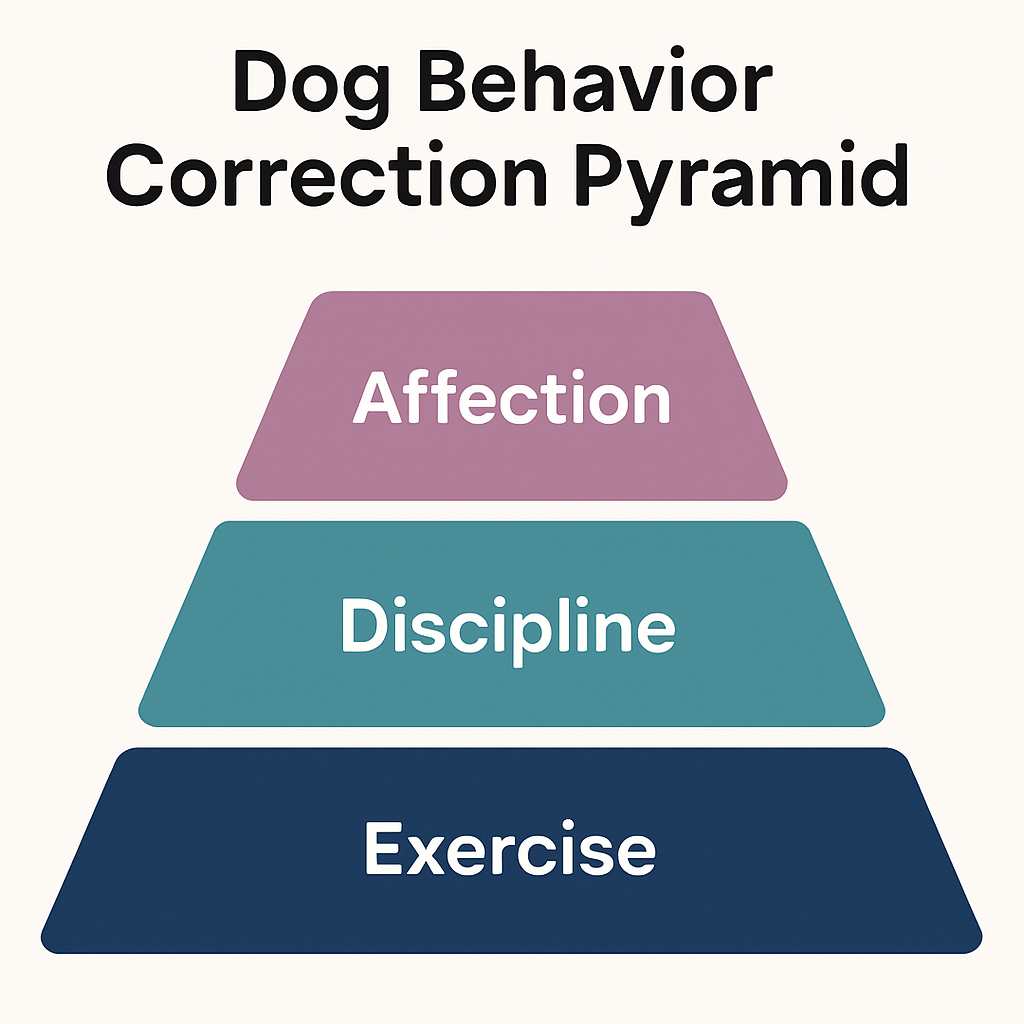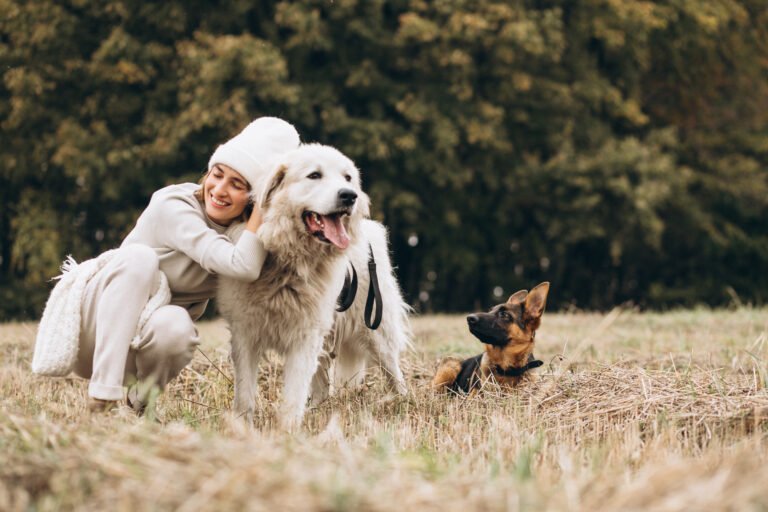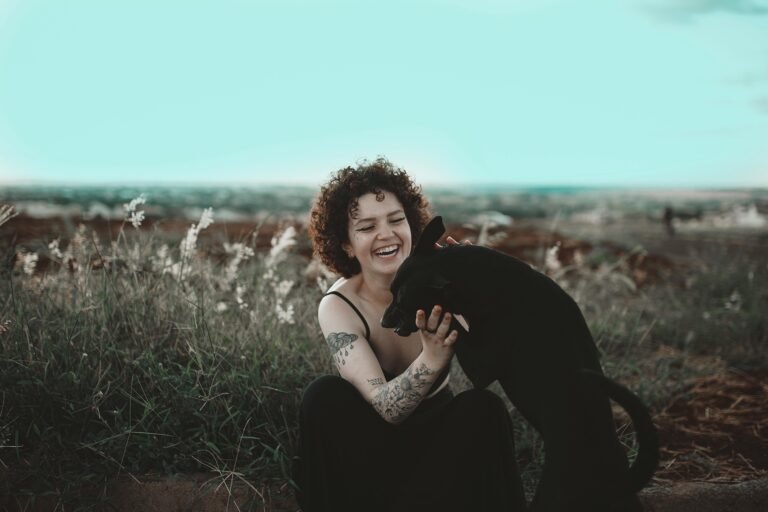The Biggest Mistake Dog Owners Make: Lessons from Cesar Millan's Journey from Streets to Stardom
The Jordan Harbinger Show with Cesar Millan | July 24, 2025
What if the problem with your dog… isn’t your dog at all?
Millions of dog owners struggle with barking, biting, pulling, fear, and aggression. But according to Cesar Millan — the world-renowned “Dog Whisperer” — the root of the issue is rarely the dog. It’s the human. In a powerful interview on The Jordan Harbinger Show, Cesar unpacks his philosophy, his journey from illegal immigrant to global star, and the one major mindset shift every dog owner must make.
Whether you’re a lifelong dog lover or just curious about animal behavior, this post dives deep into how we often miscommunicate with our pets — and what we can do to fix it. More than dog training tips, it’s about energy, psychology, leadership, and transformation — for dogs and for us.

Key Takeaway: Dogs Don’t Need Obedience First — They Need Energy Alignment
If you’ve ever run up to a dog and squealed with excitement, made eye contact, and patted their head while talking in a baby voice — you’ve already made a mistake.
Cesar Millan teaches that dogs are not verbal communicators like humans. They’re energetic communicators. While we rely on speech, sight, and body language, dogs rely first on energy and scent. The way you feel — your anxiety, excitement, fear, or calm — is what they experience first. Not your words. Not your intentions.
So when a stranger approaches a dog with big energy, lots of talk, and eager touch, the dog may feel overwhelmed, confused, or even threatened — especially if they are naturally submissive or fearful.
“Calmness builds trust. Space builds respect.” — Cesar Millan
This is why Cesar developed the rule: No touch, no talk, no eye contact — especially when meeting new dogs. Let them come to you. Let them sniff. Let them read your vibe, not your vocabulary.
The greatest takeaway? Before you can train your dog, you need to calibrate yourself.
Dog Psychology 101: How Dogs Learn and Communicate
Dogs live in a world shaped by instincts, scent, and energy, not abstract thinking. Understanding how they learn begins with how they’re born.
Cesar explains a fascinating biological fact: Puppies are born with their noses open, then their eyes, then their ears. This isn’t random — it’s nature’s blueprint for how dogs receive information. They explore and interpret the world first by smell, then by sight, and finally by sound.
Compare that to humans: we process through hearing, sight, and finally touch/smell — often the last senses we consciously use. This fundamental difference leads to many miscommunications between us and our dogs.
The Canine Senses Development Chart
Development Stage | Age (Days) | Sense Activated |
Birth | 0 | Smell |
Early Life | ~16 Days | Sight |
Late Puppyhood | ~21 Days | Hearing |
Understanding this order is crucial. If we try to connect with a dog through verbal commands and visual cues before establishing energetic trust, we’re not speaking their language.
Training Insight: Next time you greet a dog, let them sniff your hand. Don’t reach in to pet. Just exist in calm energy and allow them to initiate.
The Energetic Miscommunication Between Dogs and Owners
The biggest emotional disconnect in dog ownership? Humans treat dogs like people — or worse, like infants — without understanding what dogs actually need to feel balanced.
Dogs read how you feel, not just what you do. If you’re angry, nervous, insecure, or excited, your dog mirrors that emotion. A leash-pulling dog? Likely paired with an anxious owner. A barking dog at the door? Possibly feeding off your tension. Dogs are emotional sponges — but their primary language is energy.
Cesar explains it plainly: “We use our minds and mouths. Dogs use their noses and instincts.” When we impose human psychology on dogs, we create confusion. Discipline is seen as punishment. Affection is given at the wrong time. Boundaries are blurred.
Before trying to “correct” your dog’s behavior, correct your own mindset and energy.
Practical Exercise: Pre-Walk Alignment
- Close your eyes.
- Inhale for 5 seconds, hold for 3, exhale for 7.
- Picture your walk going calmly and smoothly.
- Now leash your dog and begin.
Success starts before the leash is on. Dogs follow calm, assertive leaders — not frazzled, frustrated ones.
From Culiacán to Canine Stardom: Cesar’s Grit-Powered Journey
Cesar Millan’s story reads like a movie script — from poverty in the heart of cartel country, to homelessness in L.A., to becoming a household name and global phenomenon.
Raised in Culiacán, Sinaloa, one of the most dangerous areas in Mexico, Cesar first idolized drug lords because they were the only people with money and power. At 10 years old, he told his mother he wanted to be a drug dealer — just so she wouldn’t have to work three jobs to support their family. Her tearful slap changed his destiny.
“I didn’t know English. I had no money. I had no plan. But I had focus.”
He crossed into the U.S. illegally, surviving two weeks in the desert. His first meals? Two hot dogs a day, every day, for months. But he never stopped believing.
His breakthrough came at a grooming salon where he calmly handled a so-called “untrainable” dog — impressing the owners so much they gave him a job on the spot.
Takeaway: It’s not luck. It’s consistency, belief, and energy — values that apply to dog training and life alike.
Cesar’s Approach: Energy, Psychology, Then Training
While many dog trainers start with commands like “Sit,” “Stay,” and “Heel,” Cesar’s method flips the script:
“Exercise, discipline, then affection — in that order.”
Most dog owners operate backward — lavishing their pets with affection, skipping boundaries, and not providing nearly enough physical activity. This creates unstable dogs who are confused about their role in the “pack.”
Let’s break it down:
- Exercise – Walks, hikes, play. Movement drains excess energy and builds focus.
- Discipline – Not punishment, but structure: rules, limits, and routines.
- Affection – Rewards given after balance is restored.
This triad creates a balanced, happy, and well-behaved dog.
Practical Tip: Your dog should work for affection, not just get it for being cute. This teaches accountability and mimics how dogs operate in packs.
Real Talk: Loving your dog too much, in the wrong way, at the wrong time, can actually create emotional instability.

Think of this pyramid as the foundation of dog behavior. Without consistent exercise, your dog will have pent-up energy. Without clear discipline, your dog won’t understand boundaries. Only after these are in place should you reward with affection.
Behavior Correction Rule: Don’t give affection to anxiety, fear, or dominance. You’ll be rewarding the wrong mindset.
Dogs Read You Better Than You Think
You’ve probably heard someone say, “My dog just doesn’t like men,” or “My dog hates people of a certain race.” Cesar challenges these assumptions:
“Dogs don’t hate. They react to energy. They reflect what we carry inside.”
When a rescue dog reacts negatively, it may be carrying trauma — but more often, it’s also feeding off its human’s unresolved fear or beliefs. Dogs become emotional extensions of their owners.
Real-Life Example: A woman adopted a rescue who “hated men.” After therapy and emotional growth, the dog’s behavior radically changed.
This principle applies beyond dogs: our relationships mirror our inner lives. And dogs — honest, instinctual, and non-verbal — just show it more clearly.
Calmness, Confidence, Love, and Joy: The Four Dog Energies
Dogs operate in a world of balance and instinct, unconcerned with fame, status, or possessions. They understand only four emotional energies:
- Calmness – The natural default for healthy dogs.
- Confidence – A leader’s energy.
- Love – Affection shared between pack members.
- Joy – Expression through play, freedom, movement.
Contrast this with the common human energies: stress, fear, anxiety, self-doubt. The disconnect is staggering.
Mind Shift: If we want to connect better with dogs (and people), we must return to these primal energies. They’re not just for animals — they’re for humans too.
The Dog Park vs. The Farm
Modern dog owners love dog parks — but Cesar sees them as chaotic and unstructured environments. Why?
- Humans are distracted (phones, socializing)
- Dogs are unsupervised
- No one is setting rules or boundaries
Cesar compares this to his farm, where dogs live among other animals — emus, donkeys, horses — in harmony, structure, and routine.
Practical Tip: A walk around the neighborhood, with calm energy and clear leadership, is often more beneficial than 30 minutes of chaos at a dog park.
Important Lesson: Don’t confuse stimulation with socialization. One calms the mind. The other wires it.
Ownership, Control, Leadership
After his global success, Cesar learned a painful truth: he didn’t own the rights to his name or his show. It was a wake-up call.
He adopted a new mantra: Ownership. Control. Leadership.
This principle is more than legal strategy — it’s a lifestyle. In business, relationships, or dog training, you must:
- Take ownership of your energy and impact
- Maintain control over your space and message
- Provide leadership rooted in values, not ego
Practical Advice: In any conflict, ask: What am I owning? What am I controlling? What am I leading?
Why Wolves Make the Best Teams
In his third business rebuild, Cesar is now focused on building a team of wolves, not dogs. What’s the difference?
- Wolves are instinctual, driven, loyal, independent.
- Dogs are domesticated, reactive, and dependent on structure.
Cesar now surrounds himself with people who don’t need constant direction — just a shared vision and purpose.
Leadership Lesson: Build your team not around obedience, but shared mission and internal drive.
Final Lessons from the Dog Whisperer
- You can’t fake energy. Your dog will always sense the truth.
- You can’t change your dog without changing yourself.
- Love is not enough — structure, calmness, and confidence matter more.
“Your dog isn’t broken. They’re responding to the signals you’re sending.”
Recap: Most Common Dog Owner Mistakes
Mistake | Correction |
Greeting dog too excitedly | Let them sniff first in silence |
Affection before rules | Provide exercise and structure first |
Projecting stress | Regulate your own energy |
Thinking obedience = behavior | Focus on psychology and energy |
Babying adult dogs | Respect their developmental stage |
Related Post


